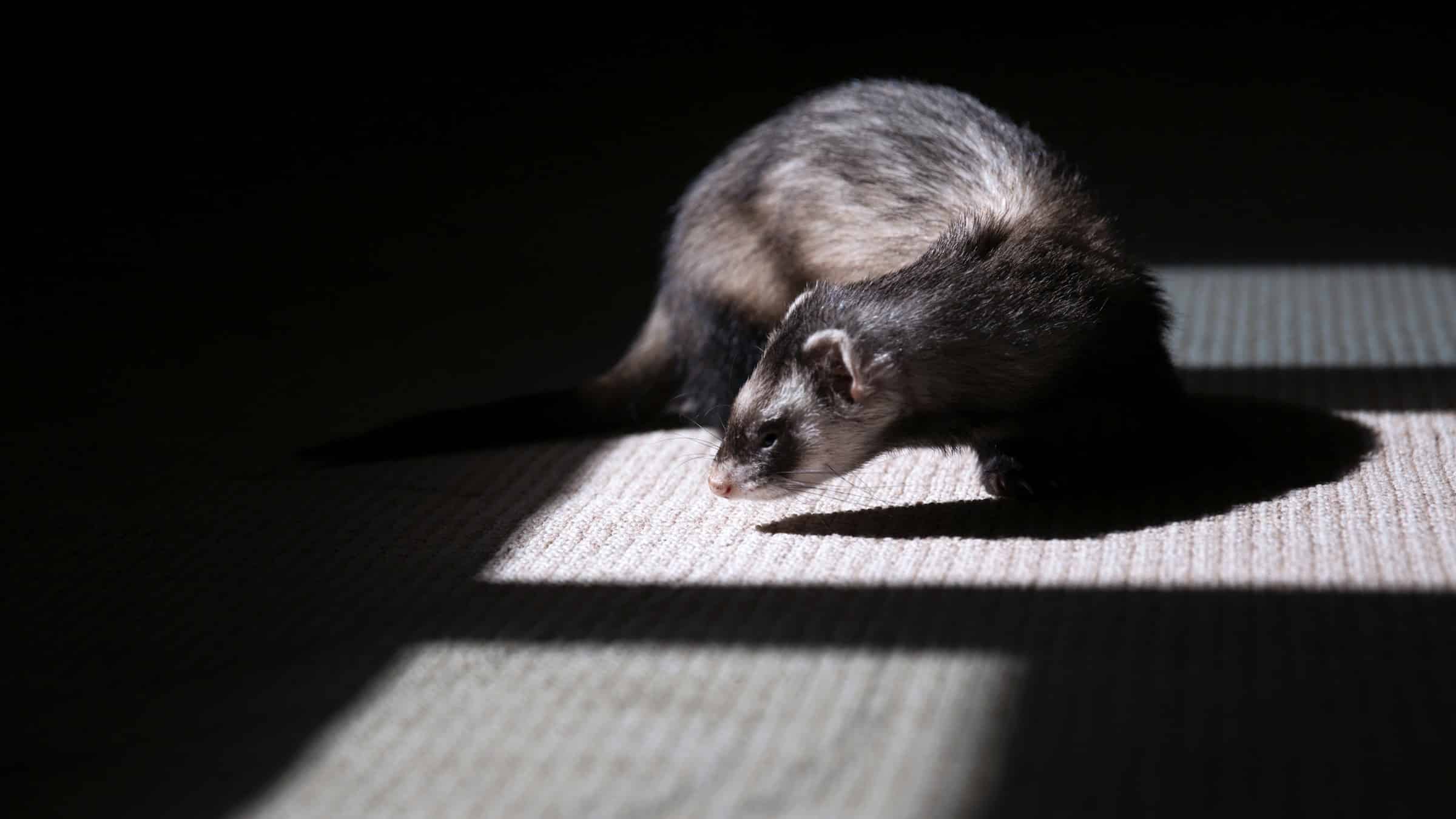As ferret owners, you know that these playful, curious creatures need ample space to explore, frolic, and satisfy their inherently active nature. Designing a safe and engaging play area for your ferret(s) will significantly enhance their quality of life while ensuring their safety. This article will guide you through the step-by-step process of creating such spaces, incorporating crucial elements like the ferret cage, toys, play area, and enrichment tactics. We will also discuss practical aspects such as selecting a suitable cage, choosing the right toys, and arranging a litter area for your ferret.
Choosing the Right Cage for Your Ferrets
The cage is a ferret’s abode – think of it as a mini apartment complex where they eat, sleep, and spend a considerable amount of their day. Hence, selecting a cage that is comfortable, secure, and spacious is vital to your ferret’s well-being.
A lire en complément : What’s the Most Effective Way to Teach a Siamese Cat to Retrieve Objects?
The cage should have ample space to accommodate the ferret(s), their food and water bowls, a litter area, and sleeping quarters. Opt for cages with multiple levels to allow your ferret to climb, explore, and play, imitating their behavior in the wild. Ensure the cage has a solid floor to protect your ferret’s feet from getting trapped in wire grates.
The cage bars need to be close enough to prevent escape while allowing enough ventilation. A cage with a secure but easy-to-open door will allow you to clean the cage and interact with your ferret conveniently.
Cela peut vous intéresser : What Are the Best Calming Strategies for a Cat During Fireworks?
Incorporating Toys and Play Elements
The second step in constructing an interactive play area for your ferrets involves incorporating toys and play elements to keep them entertained and stimulated. Just like children, ferrets love to play with a variety of toys that engage their senses, test their skills, and stimulate their curiosity.
Look for safe, non-toxic toys, such as hard plastic balls, plushies, or squeaky toys. Ferrets also love to hide, burrow, and explore, so consider adding tunnels, tubes, or boxes to their play area. Be creative with the toys you choose, but always keep safety in mind.
Bear in mind, ferrets can be quite destructive, so sturdy toys that withstand their sharp teeth and claws are a good investment. Regularly inspect the toys for wear and tear and replace them if necessary to avoid the risk of them swallowing small parts.
Designing the Play Area
The play area is where your ferrets will release their energy and engage in physical activity. It’s an external space outside their cage where they can run, jump, and play freely.
The play area should be large enough to give your ferrets space to move about and explore. It also needs to be enclosed to prevent escapes. A child or pet gate can be useful to section off a section of the room for this purpose.
Within the play area, you can incorporate different elements that stimulate the ferrets’ curiosity and playfulness. Tunnels, ramps, and climbing structures are excellent additions to any ferret play area. Remember to place a comfortable bedding area for them to rest after their play sessions.
Enrichment and Interaction
Enrichment involves providing your ferrets with opportunities to perform natural behaviors, keeping them mentally stimulated and physically active. This can be achieved through toys, interaction with you, and other ferrets, and through introducing changes in their environment.
Rotate the toys in the play area to keep their environment fresh and interesting. Spend time interacting with your ferrets – they are highly sociable animals and need social interaction to thrive. Also, consider introducing new scents or textures occasionally to keep their environment stimulating.
Litter Training Your Ferrets
A crucial aspect of maintaining a clean and hygienic play area is litter training your ferrets. This will make your maintenance tasks easier and promote better health for your ferret.
Start by placing a litter box in a corner of the cage or play area, as ferrets naturally prefer to use corners for their needs. Use a litter material that is safe, such as paper-based litter. Avoid clumping or dusty litters that could harm your ferret’s respiratory system.
Train your ferrets to use the litter box by placing them there after meals or when you see them backing into a corner. Praise and reward them when they use the box. With patience and consistency, your ferrets will soon be litter trained.
Maintenance and Safety Measures for Ferret Play Area
Beyond setting up an engaging and interactive play area, it is of utmost importance to maintain it and ensure that it remains a safe haven for your ferrets. Regular cleaning and inspections are vital to preventing health issues and accidents.
Start by implementing a schedule for cleaning the ferret cage and play area. This includes washing food and water bowls, replacing bedding, and cleaning litter boxes. When cleaning, avoid using harsh chemicals. Instead, opt for pet-friendly cleaning agents that will not harm your ferret or irritate their respiratory system.
Inspect the play area regularly for potential hazards such as loose wires, sharp edges, or broken toys. The cage and play area should be free of small objects that your ferret could accidentally swallow.
In terms of the cage, examine the bars regularly to ensure there are no gaps for potential escapes. Check the doors to ensure they close securely, yet open easily for you.
Remember, ferrets are excellent climbers and diggers. Hence, ensure the play area is secure from top to bottom. The ferret cage should have a solid floor and ceiling to dissuade escape attempts.
Keeping a vigilant eye on your ferrets while they play is also critical. While playtime is important for their mental and physical health, it can sometimes lead to injuries.
Conclusion
Creating a safe and interactive play area for your ferrets is not only essential for their wellbeing but is also a delightful task for the owners. Through careful selection of a ferret cage and engaging toys, creating a well-arranged play area, and employing effective enrichment tactics, you can provide your ferrets with a stimulating and secure environment to thrive.
Litter training your ferrets contributes to maintaining a clean and hygienic environment. Regular maintenance and safety checks further protect your ferrets from potential hazards. Always remember that interaction with your ferrets is critical, as they are social creatures that need your company to flourish.
With these guidelines at your disposal, you’re now equipped to construct a delightful play area that caters to your ferrets’ natural instincts and needs. The joy you’ll witness in your ferrets as they explore, play, and engage in their new environment will undoubtedly be a rewarding experience.
Remember, your ferret’s play area is not a static space; it should evolve over time to remain engaging. Keep innovating, keep interacting, and keep loving the incredible, playful ferrets in your life.
Ferret playing in a safe and interactive play area. Image source: commons abr under licenses creative
[^ppbr div^]:
A ferret exploring its play area. Image source: creativecommons org
[^plicense target^]: nofollow noreferrer
Image license: external text under href creativecommons






